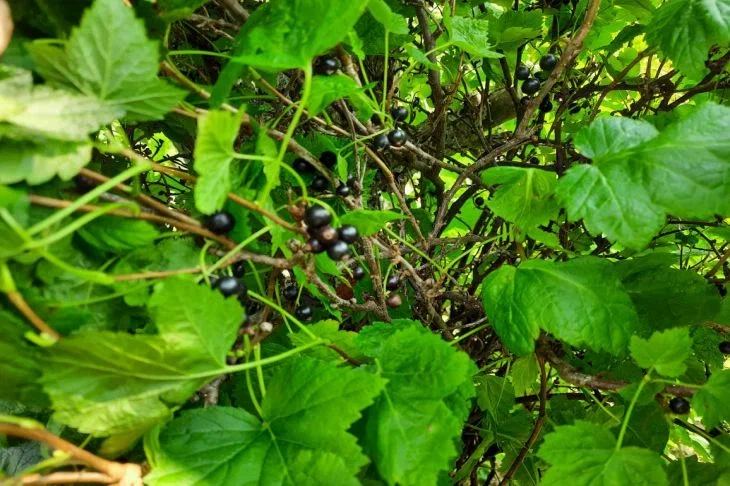What, when and how to feed currants: advice for gardeners
Under a powerful currant bush, the soil becomes depleted very quickly, and the plant begins to experience a lack of nutrients.
In order for the harvest to be abundant and the berries to be large and sweet, currants need minerals and organic matter.
Anastasia Kovrizhnykh , an expert of the online publication "BelNovosti", an agronomist and landscape designer, told how to feed currants.
It is very important to fertilize currants in early spring and autumn. These two feedings will help the bush to lay many fruit buds and survive the winter cold.
Important! Currants are afraid of overdosing on fertilizers, and it is better to "underfeed" this crop than to overdo it with fertilizing.

First feeding after wintering
After the cold weather, the currant bush needs extra attention. At this time, a lot of nitrogen is needed. Nitrogen will help the bush to grow strong branches and leaves.
Potassium and phosphorus, which are necessary for flowering and strong immunity, are also added in the spring.
Almost immediately after the snow melts, the currants begin to revive. At this time, it is useful to scatter ammonium sulfate, saltpeter, and urea around the bushes.
You can also water the bushes under the roots, for example, by dissolving 10 g of urea in 10 liters of water. This is the consumption rate per 1 square meter of land.
Currants respond well to the application of complex mineral fertilizers in spring, such as nitroammophoska. 25 g of nitroammophoska is dissolved in 10 liters of water.
In spring, currants are fed with organic matter, including chicken manure and dung. A weak infusion of these fertilizers is prepared, allowed to ferment well for about a week, then diluted with clean water and poured under the bushes at the root.
Top dressing for a bountiful harvest
For a good harvest, currants need phosphorus and potassium. During flowering and ripening of berries, nitroammophoska, superphosphate, mullein infusion, wood ash, and bone meal are added.
Fertilizing in autumn
After harvesting, currants need to recuperate. The bushes are exhausted and need to be nourished. So, in the fall, potassium, phosphorus, and organic matter are added again.
It is good to feed currants in the fall with superphosphate and potassium sulfate.
Important! Currants do not tolerate chlorine very well. Therefore, it is not advisable to use potassium chloride.
All fertilizers for currants are applied around the trunk to a depth of about 7 cm. First, the plant is watered generously, and then fertilized.
In terms of organic matter, it is useful to spread a thick layer of compost around the currant bush in the autumn. It is necessary to place at least 1 bucket of compost under each bush.
Earlier we talked about how to feed raspberries in the spring .
